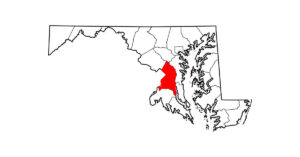Genetic Variant for EFIH in Thoroughbreds Found

The study, led by Carrie Finno, DVM, PhD, Dipl. ACVIM, and Gary Magdesian, DVM, CVA, Dipl. ACVIM, ACVECC, ACVCP, was reported in the journal PLoS Genetics. Genetic testing can now be performed at the UC Davis Veterinary Genetics Laboratory to identify horses with the variant and avoid mating carriers that could produce affected foals.
“For Thoroughbred owners and breeders, the loss of a foal has tremendous economic and emotional impacts,” said first author Victor Rivas, who conducted the project as part of his undergraduate training in Finno’s laboratory. “It is important to promote safe and strategic breeding habits by actively breeding horses genetically screened not only for EFIH but for other diseases that may impact quality of life.”
Foals affected with EFIH suffer from low blood calcium concentrations, resulting in involuntary muscle contractions, muscle stiffness that leads to a stiff gait and can progress to an inability to stand, seizures, fevers, and an abnormally fast pulse. Parathyroid hormone is typically produced to increase calcium levels in the body, but in these foals concentrations are low or “inappropriately” normal (i.e., they should be high due to the low calcium). Affected foals die or are euthanized due to poor prognosis. Necropsy results reveal underdeveloped or absent parathyroid glands
Create a free account with TheHorse.com to view this content.
TheHorse.com is home to thousands of free articles about horse health care. In order to access some of our exclusive free content, you must be signed into TheHorse.com.
Start your free account today!
Already have an account?
and continue reading.
Written by:
University of California, Davis, School of Veterinary Medicine
Related Articles
Stay on top of the most recent Horse Health news with











